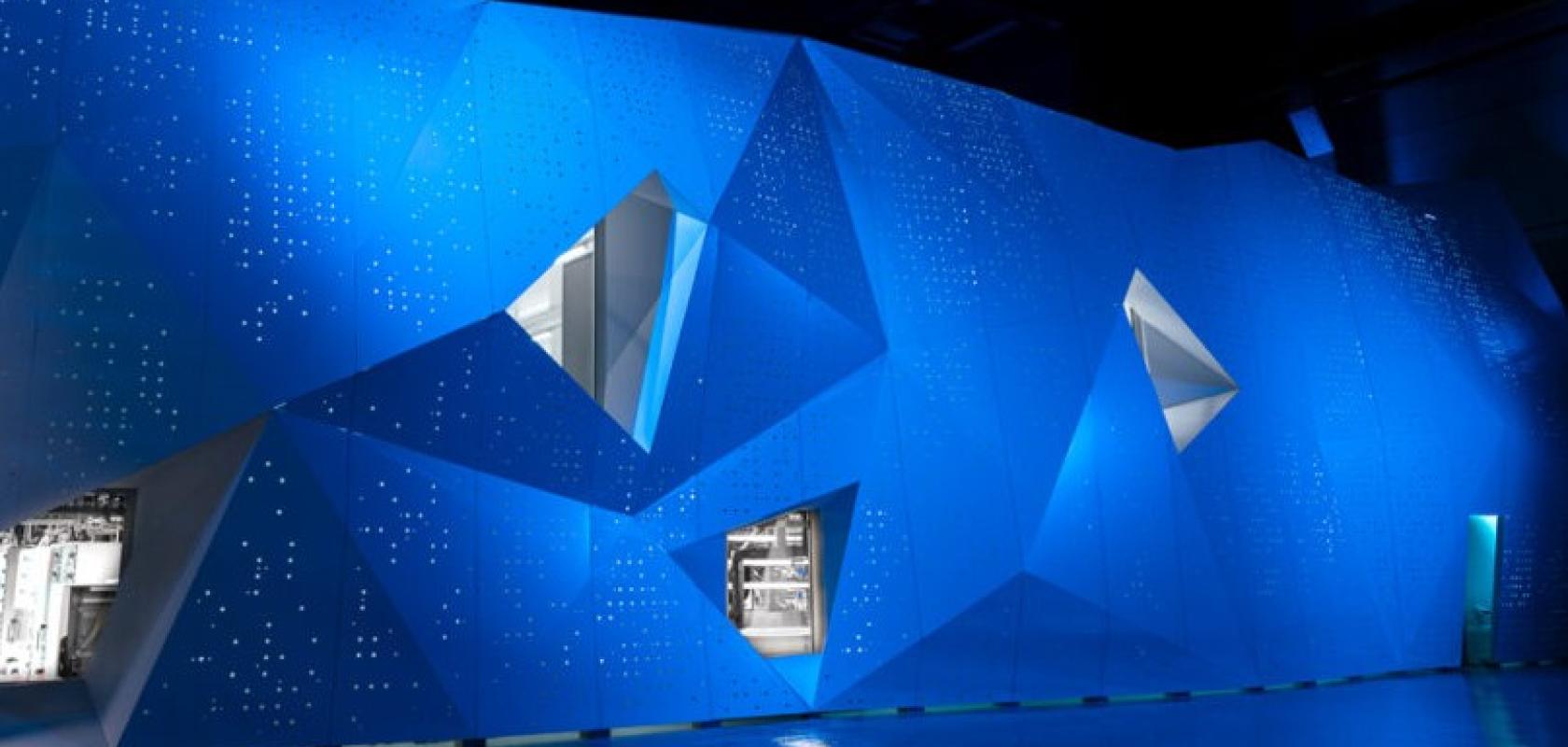The European scientific community has been able to utilise LUMI, Europe’s fastest supercomputer, in full scale since December last year. In this post, we will go through some highlights from the early months as well as reveal some upcoming developments of the system.
There is a wide range of science cases being progressed in the system every day. Although LUMI has been in full use only for a short while, ground-breaking results have been made, e.g., in research regarding the subsurface physics of the Sun, improving the prediction capability of solar storms. On another field, a group of researchers also developed the biggest language model ever based entirely on Finnish, a task that simply would have been impossible without LUMI. Also an ambitious effort of making a fully open source, state-of-the-art instructive large language model is going on with the help of LUMI. In fact, and unsurprisingly, natural language processing and large language models are currently the heaviest consumers of LUMI’s resources. We have seen great performance on molecular dynamics, and expect breakthroughs soon from this big community. In addition, LUMI performed the largest direct eigenvalue solution to date, needed in quantum mechanics research.
Powering digital twins
LUMI has been positioned to support the European Commission Destination Earth flagship initiative to best of its capability. The projects running on LUMI are related to climate change adaptation digital twin (ClimateDT), extreme weather digital twin, and the biodiversity digital twin, of which the latter is not a direct part of the Destination Earth program but is closely related. These digital twins will advance researchers’ knowledge of climate change and how to best predict it and adapt to it, including how to sustain biodiversity. LUMI will be a key platform for all of them.
As a case example, the ClimateDT team has already demonstrated that LUMI will be able to carry out the envisioned multi-decadal global climate simulations in the unprecedent 5 km, even 2.5 km spatial resolution. These simulations will be the master data to predict via the integrated impact models the conditions for wind and hydroelectric energy in Europe in the upcoming years; how European rivers will develop (will they dry out or flood more often?), occurrence of heat waves in the urban areas, and appearance of wild fires to name a few. These will provide insight on how to prepare for the effects of climate change. In addition, being able to routinely perform the simulations will allow “what-if” scenario work to explore the impact of different mitigative actions.
Expansions and upgrades
LUMI will get its 3rd phase starting this summer. LUMI-G will grow by 1472 new GPUs and LUMI-C by 1024 new CPUs. Unfortunately, this will mean a one- week service break for users, but even more computing power and of course more throughput in terms of increased number of nodes. The service break is foreseen to take place later during this summer, and the LUMI User Support Team will inform LUMI’s users about exact dates of the break well in advance.
In addition, LUMI-F, the Flash-storage partition, will grow by two petabytes. The interconnect will also be significantly improved by adding more bandwidth between LUMI-G cabinets and between LUMI-G and LUMI-C. Both of these should be directly visible in real-world application performance.
LUMI’s object storage service LUMI-O entered general availability in April. We would like to encourage the users to give it a try and give us feedback on how you experience it.
The data analytics platform LUMI-D has been available through the batch queue since last December, but it will reach the original vision of an interactive partition once we get the Open OnDemand suite available, hopefully during the next few weeks.
So quite nice progress since the start of the pilot phase! Currently we are working with availing the microservice platform, machine learning inference service platform as well as improving the user isolation to support sensitive data workloads – and of course fixing the remaining issues in the system.
Apply for resources
There are multiple resource calls open and upcoming for LUMI, both from the EuroHPC JU’s quota and LUMI consortium countries’ quotas. Check out the ongoing calls on LUMI’s website and social media channels.


